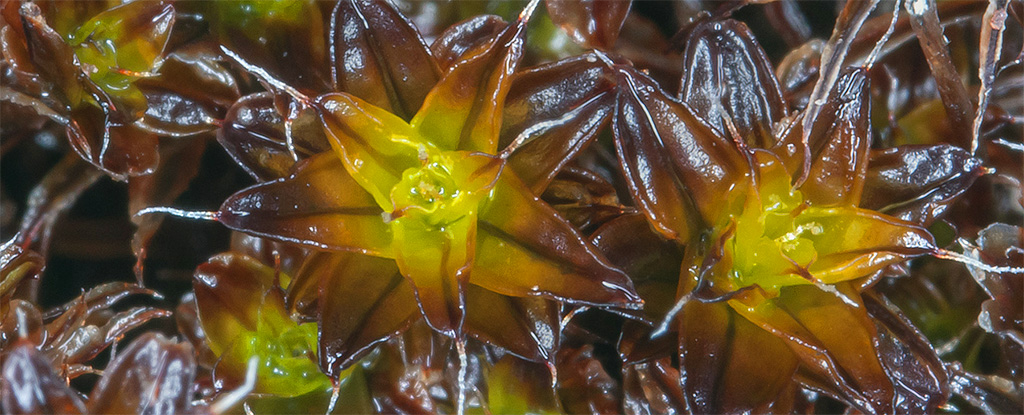Mosses are among the Earth’s great terraformers, turning bare rocks into rich soil, and now a team of scientists suggests that these non-vascular plants can do just that. similar to Mars.
Whether we should Identifying life from Earth to our red neighbor is another question – we don’t have a good record of this on our planet.
But if we decide that it is important to destroy the soil of Mars to create a second home for us on Earth, environmentalist Xiaoshuang Li and his colleagues at the Chinese Academy of Sciences have a candidate that they think should be just do tricks.
Earth’s surface was once devoid of life, but that didn’t stop a group of organisms called bryophytes — which today include mosses, liverworts, and hornworts — from venturing out into the rich protection of the oceans in search of life. new places.
The success of these trailblazers of the world depended on their ability to assimilate and digest nutrients that flow from or flow over the rocks, while surviving in hostile conditions that would limit other nutrients. the living to dust. But as they spread across the rocky earth’s edge they created soil, which paved the way for other forms of life that are not too difficult to gradually tread on dry land.
This process of genetics continues to help the world, and researchers think that we can use their built-in talents to colonize Mars, laying the groundwork for other forms of life. which does not last as long as crops.
Unlike the luxuriant forest lichens you might imagine, they are mild compared to their ancestors. Syntrichia caninervis aims to support a more frugal lifestyle. It thrives in the deserts of China and the US, as well as the frozen mountains of the Pamirs, Tibet, the Middle East, Antarctica and the circumpolar regions.
The Gurbantunggut Desert in northwestern China is the center of S. caninervisgrowing more here than anywhere else in the world, despite temperatures ranging from -40 °C to 65 °C (-40 °F to 149 °F) and relative humidity as low as 1.4 percent .
Together they put this moss to the test – and push S. caninervis to get out of its wide and wide area is not an easy thing.
In the laboratory, they evaluated the plant’s responses and recovery from extreme dehydration, long-term freezing (-80 ° C for 3 or 5 years, and -196 ° C for 15 days or 30), radiation (at doses of 500 to 16,000 Gy. ), and Mars-like conditions at the Chinese Academy of Sciences’ Planetary Atmospheres Simulation Facility (PASF).
In the Mars simulation, the plants were under a pressure of about 650 pascals (Pa), similar to 680-790 Pa on Mars. At night, the temperature was -60 °C, and during the day, 20 °C, which is equivalent to the conditions of Mars in the equatorial to mid-latitude regions. They also simulated atmospheric gas composition and ultraviolet radiation to be close to that of Mars.
Dehydration was, for S. caninervis, a walk in the park. And in the freezing cold, it rubbed off. All the frozen plants regenerated after the thaw, and the plants that were dehydrated before the freeze recovered faster than their soggy counterparts.
In the face of 50 Gy of radiation that would kill humans, S. caninervis it didn’t blink. At 500 Gy, its growth even seems to be faster.
Mosses that were dehydrated and exposed to Martian-like conditions were able to function as if they never happened even after only 30 days of recovery. Their hydrated companions took longer to recover, but they still lived to tell the tale.
“Although we still have a long way to go to create autonomous habitats on other planets, we have shown great potential to S. caninervis as a pioneer plant for growth on Mars,” the researchers write.
“Looking to the future, we expect that this promising moss can be brought to Mars or the Moon to further explore the possibility of colonization and growth in outer space.”
Although moss on Mars turns out to be a bad idea, the fact that S. caninervis it can turn a completely dry land into ‘living skin’, even after surviving such extreme conditions, it gives hope to life on our planet, which seems stronger than ever others we give credit to.
This research was published in The Innovation.
#Plant #Extreme #Scientists #Grow #Mars

